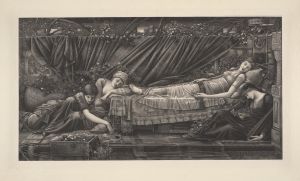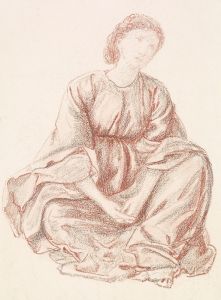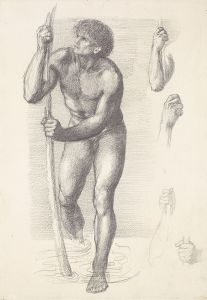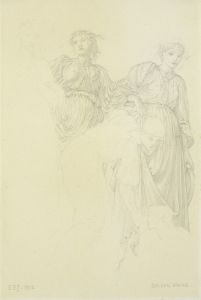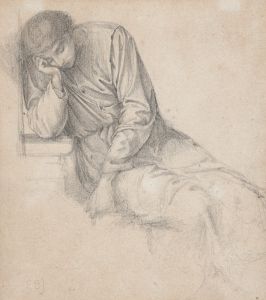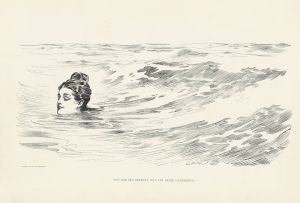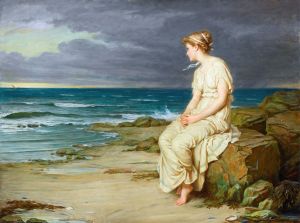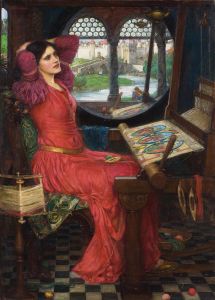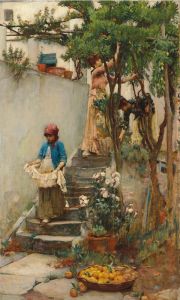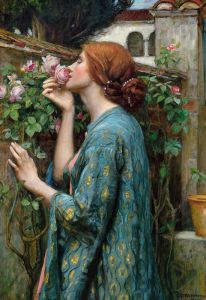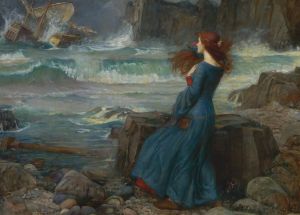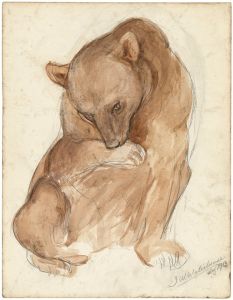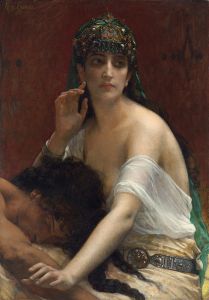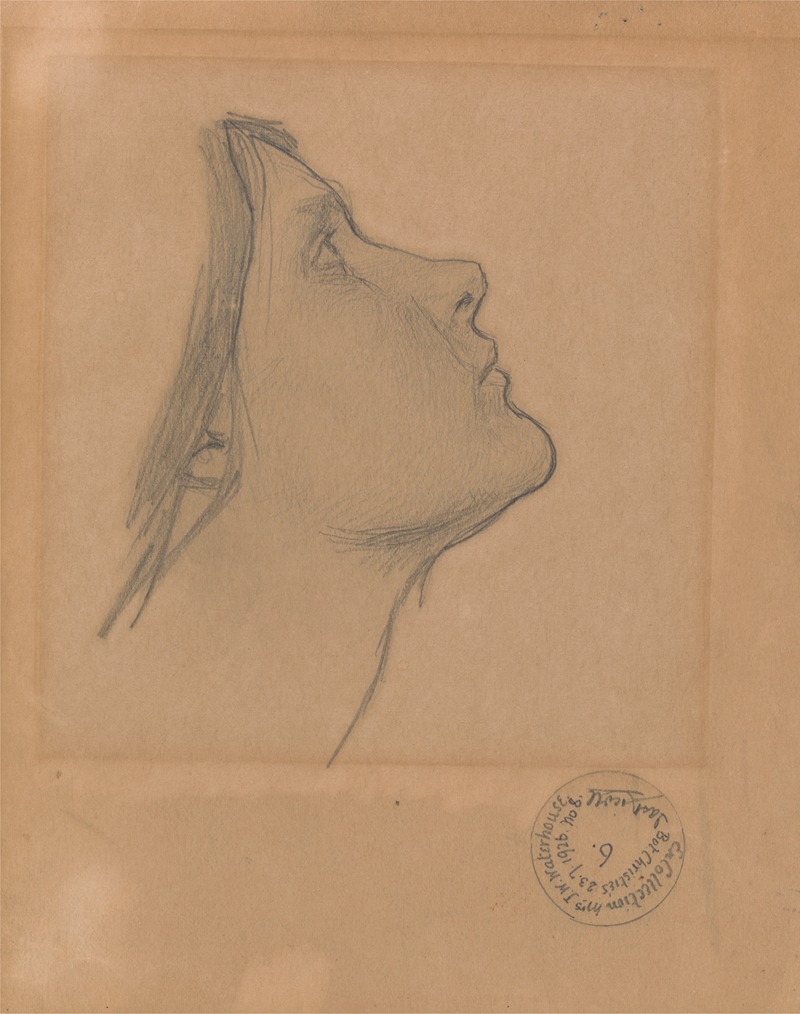
Study for ‘Lamia’
A hand-painted replica of John William Waterhouse’s masterpiece Study for ‘Lamia’, meticulously crafted by professional artists to capture the true essence of the original. Each piece is created with museum-quality canvas and rare mineral pigments, carefully painted by experienced artists with delicate brushstrokes and rich, layered colors to perfectly recreate the texture of the original artwork. Unlike machine-printed reproductions, this hand-painted version brings the painting to life, infused with the artist’s emotions and skill in every stroke. Whether for personal collection or home decoration, it instantly elevates the artistic atmosphere of any space.
"Study for ‘Lamia’" is a preparatory work by the British artist John William Waterhouse (1849–1917), a prominent figure associated with the Pre-Raphaelite and Romantic movements. This study was created as part of Waterhouse's process for developing his 1905 painting "Lamia," which is based on the mythological figure from classical and Romantic literature.
The subject of "Lamia" is drawn from Greek mythology and later literary adaptations, particularly the poem "Lamia" by John Keats, published in 1820. In Keats's poem, Lamia is a serpent-like creature who transforms into a beautiful woman and falls in love with a mortal man, only for their love to end tragically. Waterhouse's works often explore themes of mythology, literature, and the interplay between beauty and tragedy, making "Lamia" a fitting subject for his artistic vision.
The study demonstrates Waterhouse's meticulous approach to composition and figure drawing. It likely served as a preparatory sketch to refine the pose, anatomy, and emotional expression of the central figure before executing the final painting. The medium of the study is typically pencil, chalk, or oil on paper, though specific details about the materials used in this particular work are not always documented. The study reflects Waterhouse's characteristic attention to detail and his ability to convey mood and narrative through the human form.
The final painting, "Lamia," depicts the titular character seated on a stone ledge, gazing at her lover with a mixture of longing and sorrow. The study may focus on the figure of Lamia herself, capturing her pose, facial expression, or other elements that would later be incorporated into the completed artwork. Waterhouse's use of preparatory studies was a common practice among artists of his time, allowing them to experiment and perfect their ideas before committing to the final composition.
"Study for ‘Lamia’" is part of Waterhouse's broader body of work that explores themes of enchantment, transformation, and doomed love. While the study itself is not as widely known as the finished painting, it provides valuable insight into Waterhouse's creative process and his dedication to the craft of storytelling through art.





